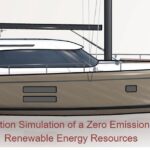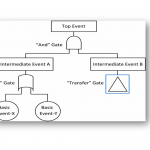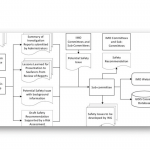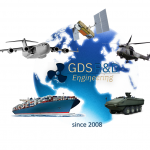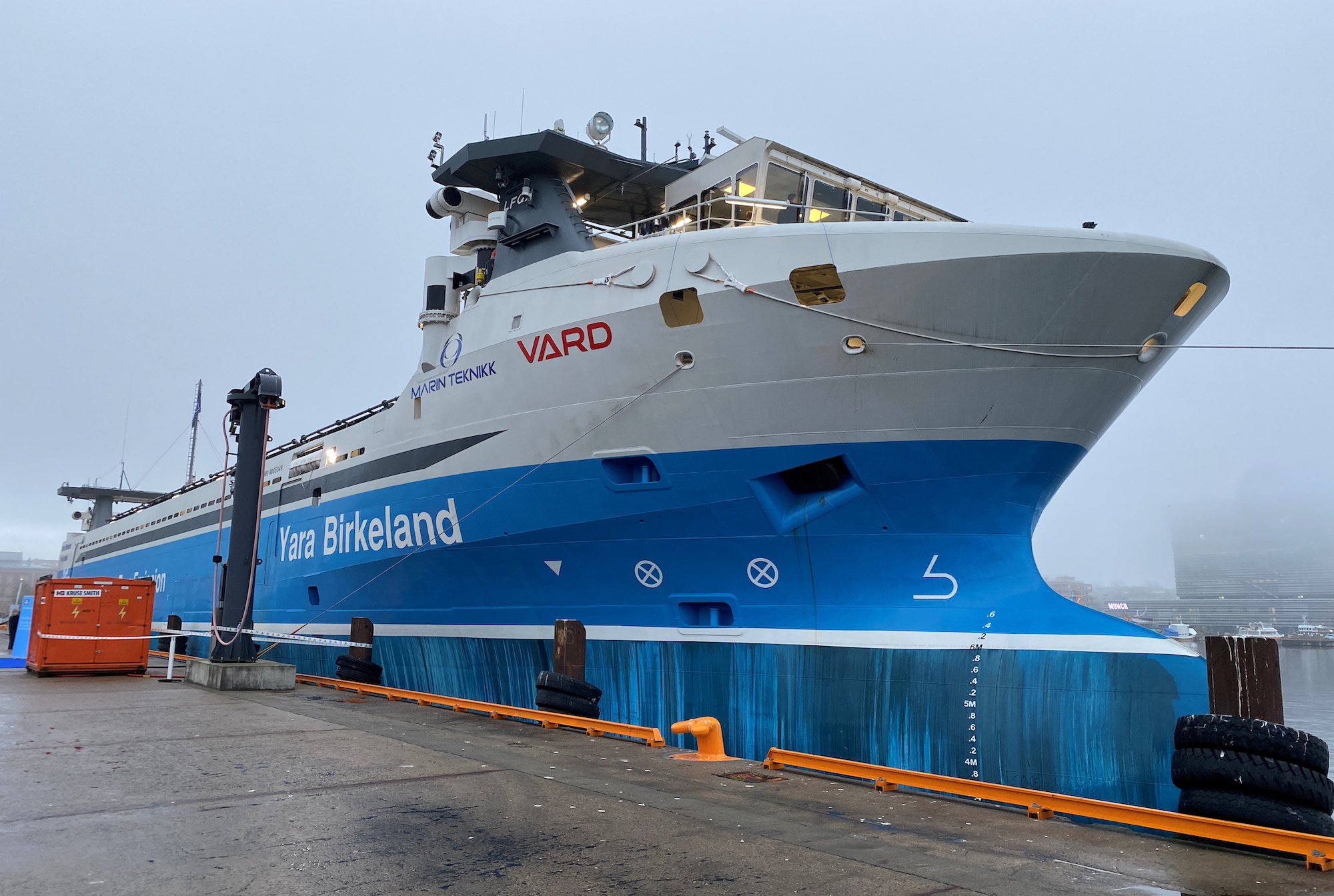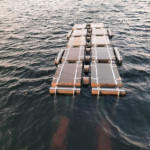Reference:
Nomak, H. S. & Cicek, I. (2022). Yenilenebilir Enerji Kaynakları ile Sıfır Emisyonlu bir Yelkenli Tekne Tasarımı ve Seyir Simülasyonları . Çevre İklim ve Sürdürülebilirlik , 1 (1) , 41-54 . Retrieved from https://dergipark.org.tr/en/pub/itucis/issue/68628/1050691.
Özet
Mevcut bir yelkenli deniz aracının karbon salınımı yapan sistemleri incelenmiş, tekne performans değerleri belirlenmiş ve “sıfır emisyon” hedefi ile yelkenli deniz aracına entegre yenilenebilir enerji sistemleri ve tasarım değişiklikleri çalışılmıştır. Gerçek meteorolojik şartlar ve işletim senaryoları ile enerji üretimi, depolanması ve tüketimi simülasyon analizleri ile gösterilmiştir. Yenilenebilir enerji üretim birimleri iki kaynak grubu olarak değerlendirilmiştir. İlk grupta, statik enerji üretim sistemleri olarak adlandırılan ve teknenin seyir, demirde bekleme veya limanda bağlı iken enerji üretebilen sistemleri içermektedir. Bu kısımda güneş enerji panelleri ile iki rüzgâr türbini tasarımda kullanılmıştır. Dinamik enerji üretim sistemleri olarak adlandırdığımız ikinci guruptaki birimler, teknenin yelkenli seyri esnasında su akışı enerjisinden faydalanmak amacıyladır. Bunlar, iki adet su türbini ile itici ve aynı zamanda enerji üretici birimi olarak da çalışabilen bir elektrik motorunu içermektedir. Her bir enerji üretim sistemi tasarımları performans ve 3-boyutlu yerleşim bakımından değerlendirilmiştir.
Önerilen sistemin doğrulaması üç ayrı senaryo analizi ile gerçekleştirilmiştir. İlk iki senaryo ile Marmara denizinde tipik yelkenli tekne operasyonlarının yapılabildiği gösterilmiştir. Üçüncü senaryo olan acil durum senaryosu ile gün içerisinde, rüzgar şiddeti sıfır iken ve tamamen dolu bataryalar ile, seyir senaryosu programı yürütülmüş ve bataryaların %35 enerji kullandığı hesaplanmıştır. Bu senaryo çalışmaları ile normal yat tipi bir teknenin tüm operasyonlarının tasarımı çalışılan yenilenebilir enerji kaynakları ile karşılandığı gösterilmiştir. Teknenin tüm operasyonlarında karadan elektrik bağlantısı gerekmediği gösterilmiştir.
Abstract
The carbon emission systems of an existing sailing vessel were examined, the boat performance values were determined, and additional renewable energy systems and design changes were studied for obtaining “zero emission”. Real meteorological conditions and operating scenarios have been determined and accordingly, energy production, storage and consumption have been demonstrated by simulations. Renewable energy production units are evaluated as two resource groups. In the first group, there are systems called static energy generation systems and that can generate energy both while the boat is underway, at anchor or in port. In this section, solar energy panels and two wind turbines are evaluated in the design. These units, called dynamic energy generation systems, are intended to benefit from the energy of the water flow during the sailing of the boat. These include two water turbines and an electric motor that can act as a propulsion and also an energy generating unit. Each power generation system has been evaluated for both performance and 3-dimensional positioning.
The verification of the proposed system was carried out with three different scenario analyzes. With the first two scenarios, it has been shown that typical sailboat operations can be performed in the Sea of Marmara. With the third “emergency scenario”, a navigation program was developed and simulated during the day, when the wind speed was zero and with fully charged batteries, and it was calculated that only 35% of battery energy was used. With these scenario studies, it has been shown that all operations of a normal yacht are covered by the renewable energy sources studied. It has been shown that no shore connection is required in any boat operation.
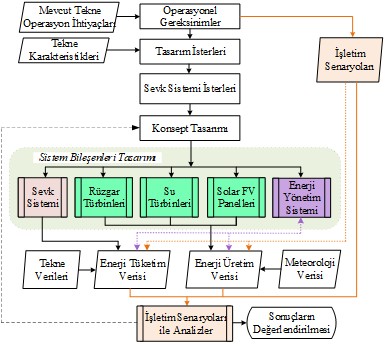
Keywords: Marine Vehicles, Zero Emission, Renewable Energy Resources, Propulsion System, Water Turbines.
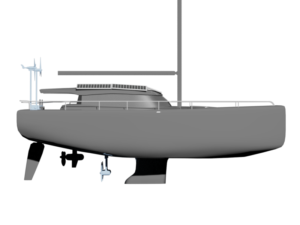
Link for the full manuscript: https://dergipark.org.tr/en/pub/itucis/issue/68628/105069.
